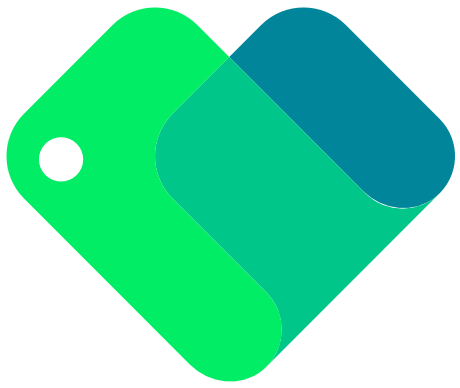Revolutionizing Data Analysis with No-Code Tools for Non-Technical Professionals

In today’s data-driven world, the ability to analyze and interpret data is becoming increasingly essential. However, not everyone has the technical skills or coding expertise necessary to leverage traditional data analysis tools effectively. Fortunately, no-code tools are emerging as a game-changer, empowering non-technical professionals to conduct sophisticated data analysis without writing a single line of code.
What Are No-Code Tools
No-code tools are platforms that allow users to create applications, workflows, and data visualizations using graphical interfaces rather than code. These tools are designed with user-friendliness in mind, enabling individuals who lack programming skills to build complex solutions. By abstracting the technical details, no-code tools democratize data analysis, making it accessible to a broader audience.
The Benefits of Using No-Code Tools for Data Analysis
1. Accessibility and Usability
One of the primary advantages of no-code tools is their accessibility. Non-technical professionals can easily manipulate and interpret data through intuitive drag-and-drop interfaces. This usability reduces the learning curve and accelerates the adoption of data analysis practices across various departments within an organization.
2. Speed and Efficiency
No-code tools significantly reduce the time required to set up and execute data analysis projects. Traditional methods often involve extensive coding, debugging, and testing phases, which can be time-consuming. With no-code platforms, users can swiftly create and deploy data analysis workflows, leading to faster insights and decision-making.
3. Cost-Effectiveness
Relying on specialized technical staff for data analysis can be costly. No-code tools eliminate the need for dedicated development resources, allowing businesses to allocate their budgets more efficiently. This cost-effectiveness makes advanced data analysis capabilities attainable even for small businesses and startups.
4. Empowerment and Independence
No-code tools empower non-technical professionals to take charge of their data analysis needs. This independence fosters innovation and creativity, as users can experiment with different data sets and analysis techniques without needing to rely on IT or data science teams.
Popular No-Code Data Analysis Tools
Several no-code tools are making waves in the data analysis space. Here are a few noteworthy options:
Airtable: Combines the functionality of a spreadsheet with the power of a database, enabling users to organize and analyze data collaboratively.
Tableau: Known for its robust data visualization capabilities, allowing users to create interactive and shareable dashboards without coding.
Zapier: Connects various apps and automates workflows, helping users streamline data collection and analysis processes.
Gleam: Offers data analytics and visualization features specifically designed for non-technical users, making it easy to uncover actionable insights.
Case Studies: Real-World Applications
Many organizations have successfully integrated no-code tools into their operations. For example, marketing teams use tools like Airtable and Tableau to track campaign performance and visualize customer insights. Human resources departments leverage no-code platforms to streamline employee data management and reporting. These case studies demonstrate the versatility and value of no-code tools across different industries.
The Future of Data Analysis
As technology continues to advance, no-code tools are expected to become even more sophisticated and powerful. Machine learning and artificial intelligence capabilities are being integrated into no-code platforms, enabling users to perform predictive analytics and uncover deeper insights. The future of data analysis lies in the hands of non-technical professionals, armed with intuitive and accessible tools.
Conclusion
No-code tools are revolutionizing the way non-technical professionals approach data analysis. By providing accessible, efficient, and cost-effective solutions, these platforms are democratizing data insights and empowering users across various industries. As no-code tools continue to evolve, the opportunities for innovation and growth in data analysis will only expand.
